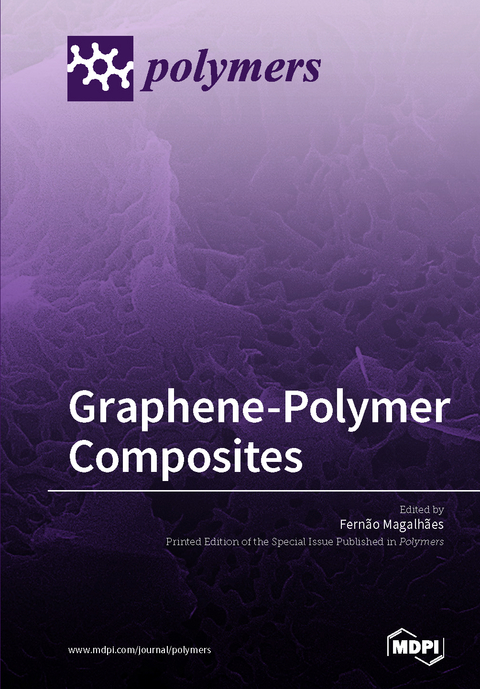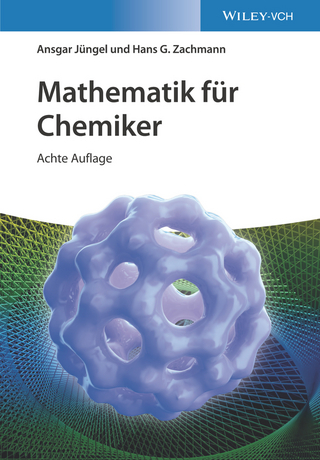
Graphene-Polymer Composites
Seiten
2018
MDPI (Verlag)
978-3-03897-041-5 (ISBN)
MDPI (Verlag)
978-3-03897-041-5 (ISBN)
- Titel nicht im Sortiment
- Artikel merken
Presenting very high surface-to-volume ratio, relatively simple processability and low cost, graphene and graphene-related materials were soon identified as promising nanofillers for polymer matrixes. Reports have shown notorious property enhancements for graphene-polymer composites (GPC) at very low filler loadings. Uses of GPC in varied fields, such as energy, electronics, catalysis, separation and purification, biomedicine, aerospace, tribology, etc., have been demonstrated and, in some cases, put into industrial practice. However, challenges still exist. Platelet agglomeration within the polymer matrix is often seen to hinder performance improvements. Poor interfacial adhesion between filler and matrix is also a limiting factor in many systems, demanding for tuning the surface chemistry to promote physical or chemical interactions with the polymer chains. The range of routes for fabrication of graphene-related materials, leading to different morphologies, oxidation states, and degrees of platelet exfoliation, have an impact on the final properties of the composites that has not yet been fully addressed. Some argue that the potential of graphene, and its advantages in relation to other nanofillers, has not yet been clearly demonstrated for polymer composites. This Special Issue provides a state of the art view on the different facets of graphene-polymer composite materials, showing that this area of research is thriving and relevant advancements are still to be expected.
| Erscheinungsdatum | 03.07.2018 |
|---|---|
| Mitarbeit |
Gast Herausgeber: Fernão D. Magalhães |
| Verlagsort | Basel |
| Sprache | englisch |
| Themenwelt | Naturwissenschaften ► Chemie ► Allgemeines / Lexika |
| Naturwissenschaften ► Chemie ► Organische Chemie | |
| Technik ► Maschinenbau | |
| Schlagworte | Adhesives • Biological Properties • Coatings • Composites • Fibers • Graphene • Materials properties • particles • surface Functionalization • surface modification |
| ISBN-10 | 3-03897-041-7 / 3038970417 |
| ISBN-13 | 978-3-03897-041-5 / 9783038970415 |
| Zustand | Neuware |
| Haben Sie eine Frage zum Produkt? |
Mehr entdecken
aus dem Bereich
aus dem Bereich
Eine chemische Warenkunde
Buch | Softcover (2022)
Wiley-VCH (Verlag)
29,90 €


